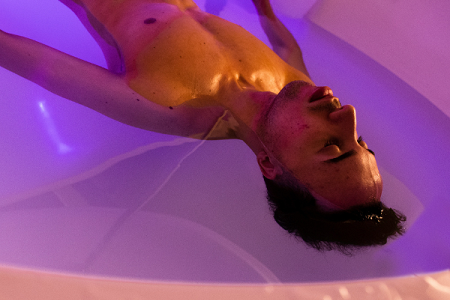How robots are helping us be more mindful
Don’t believe the negativity; let’s take advantage of what is before us

Robots and Artificial Intelligence are no longer the follies of science fiction fans – it’s 2017 and they’re very much a part of our lives now, whether we’re aware of it or not!
Okay, so the idea of a viable humanoid machine that’s a part of every household might still be some years away, but in Japan at least they’re getting there; if you’ve got a spare few grand lying around, you can invest in something like Honda’s ASIMO, a walking, talking robot with facial recognition, or the more creepy-looking Sofia…
Then there’s Pepper, who is already a regular face in many high-tech hotels across the globe.
Meanwhile, digital assistants like Siri and Google Assistant have been weaved into our smartphones for a while now, while the explosion in popularity of Amazon Alexa or Google Home means more and more of us are interacting with Artificial Intelligence on a day-to-day basis.
But is it just a bit of fun, or can robots and digital assistants help us to live better, more fulfilled lives? Can they offer solutions to help overcome stress and anxiety, and other mental health issues that limit us from living out the best versions of our lives?
While the idea might not have gone totally mainstream just yet, some of the products out there will certainly seem familiar. When Star Wars: The Force Awakes was released in 2015, its rolling robotic star BB-8 crossed over into the real world in the form of a physical replica, complete with AI. The palm-sized robot is the product of Colorado-based tech company Sphero, and is capable of responding to commands and expressing human emotions like frustration and joy via a series of beeps.
One Canadian student has been looking at how a companion like BB-8 can help treat anxiety. “Sometimes when you’re suffering from anxiety, you can’t be around people,” says Lauren Dwyer of Ryerson University in Toronto. “That’s when the robot would come in handy. Users can control BB-8’s emotions to respond to their personal feelings, which will help them feel calm and level.”
If you’re a Netfix addict and up-to-speed on their original comedy Master Of None, you will have been introduced to PARO, via its, err, guest role in the series. The robotic seal isn’t a creation of the show’s writers – it’s a Japanese invention first introduced in 2003, which was originally intended to bring comfort to patients with Alzheimer’s and dementia. It’s by no means cheap, but they’re incredibly popular, and just one example of a growing trend of ‘therapy robots’ being used to replace therapy animals such a dogs.
A 2016 study from Denmark set out to investigate how worthwhile these robots actually are for patients with emotional needs, by comparing three sets of nursing home patients. One was given therapy dogs, one was given therapy robots and one just simple plush toys. The researchers found when it comes to the impact of animal-assisted interventions on social interactions, real dogs are better than robots. However, the fake animals did help individuals with severe cognitive impairment more so than the plush toy. Which might not be a jaw-dropping revelation, but it’s a start. And as the research grows and the robots develop, who knows how we could be using them in the future as a commonplace tool for combatting anxiety, depression and other mental health problems?
Of course, all these robots cost money – a fair whack of it at this moment in time. But as the technology improves and we find more applications for robotics in the wellness sector, the prices of these products are sure to come down. And suddenly, the idea of an ASIMO or a PARO in every household doesn’t seem so far away…










